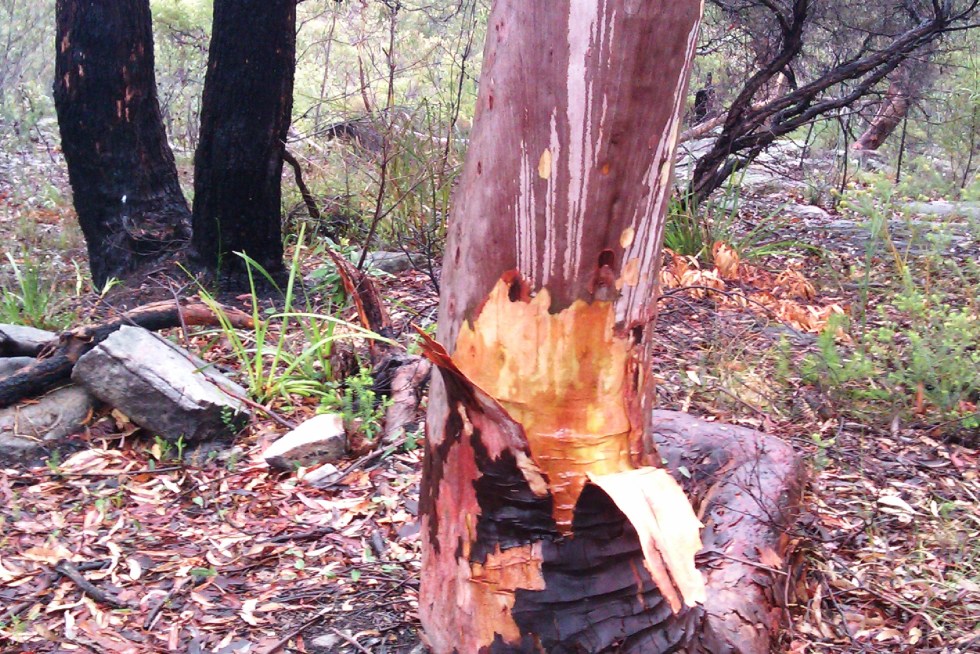
Starting at a new school is always a little daunting – and not just for the kids!
Dear parents and carers…. I see you. Until they come home from that first day, you’re waiting with baited breath, fingers crossed!
But what if your child is LGBTQIA+ ? What are the additional considerations you need to think about?
Every child is unique, but LGBTQIA+ kids have specific needs that can determine whether starting at a new school is a positive or negative experience.
“Good fortune is what happens when opportunity meets with planning.”
Thomas A Edison
So how do you prepare?
Before your child starts school it’s important to have some conversations with them to gauge where they are emotionally and how they need might need your support.
Here are my 5 tips for supporting your LGBTQIA+ child’s start at a new school.
The 5C Checklist
Collection
As a parent or carer, it’s important to collect information about the school. Do your research about how LGBTQIA+ inclusive the school is. Attend any in-person information sessions and ask questions. Have a good look at their website and social media. Book a phone call with the headteacher. There are numerous questions to ask and the more you know, the better. It will help you to troubleshoot any issues ahead of time and understand the school culture, including how likely and how proactively they will act should any issues arise.

Is there an inclusion policy that incorporates specific details for LGBTQIA+ kids? Is there a GSA Club (Gender and Sexuality Alliance)? Are there gender neutral toilets? Does the curriculum include LGBTQIA+ issues and people (across all subjects)? Does the school celebrate pride month and other advocacy/awareness events? What’s their policy on trans kids playing sport? What’s their policy on pronouns? Are there any ‘out’ teachers? Does the library include LGBTQIA+ books for all ages?
Compatibility
Find out what the school’s uniform policy is? Will this be compatible for your LGBTQIA+ child?
Is the uniform (both sports and every day) gendered into boys and girls clothes or are there options for gender-neutral clothing?
For trans and non-binary kids gendered clothing that does not affirm their gender, can make them feel exceptionally uncomfortable. It is also likely to increase gender dysphoria, which can negatively impact their overall well-being.


Talk to your child and ask them how they feel about the uniform that they are expected to wear. Listen to them about any concerns they have. If they’re anxious, talk to the school about available options before school starts.
School uniforms can be especially problematic for trans and non-binary kids who may find gendered clothing exceptionally uncomfortable. It may also make gender dysphoria worse. Talk to your child about how they feel about the uniform they will have to wear.
Confidant
If your child is happy for you to speak to the school, you may like to arrange for the school to provide a confidant; a trusted teacher or counsellor that your child can talk to during school hours. Having a safe space to share and talk through any issues can help resolve the issue before it becomes a bigger problem. The trusted adult may also help them with any anxieties about bullying, and be an inside ear within the staff, to help minimise impacts and make changes.

Comfort
When starting a new school, kids worry about making friends and whether they will ‘fit in’. For LGBTQIA+ kids there’s the added decision of whether they will be open about their sexuality and/or gender at school. They may not want to be open with anyone until they know them better. Ultimately, it is their choice if they tell anyone, who and when.

Chat with your child. Ask them how they are feeling about it starting school. Have they thought about whether they want to be ‘out’ or not? Talk it through and give them space to explore what they will do. Either way, respect their decision.
Conversation
If you’re child is trans and in the middle of social transitioning, you may wish to inform the school so that they can support them appropriately. However, do not assume that your child wants staff to know. Ask them first. Your child may wish you to talk to the school about where they can access quiet spaces during breaks, if they need some time on their own, or things like access to gender-neutral toilets and change rooms, how to handle their pronouns and any anxieties they have about inclusion.

Every child deserves to feel happy at school and to be given the opportunity to thrive. By being aware of some of the potential pinch points of your LGBTQIA+ kids, you can help ease the transition to a new school.
Want to get confident in parenting LGBTQIA+ kids?
Message me for details of my new beta program.

CATH BREW
Cath is an LGBTQIA+ inclusion consultant, coach and mentor who supports parents of LGBTQIA+ kids to get confident in LGBTQIA+ inclusion.












































